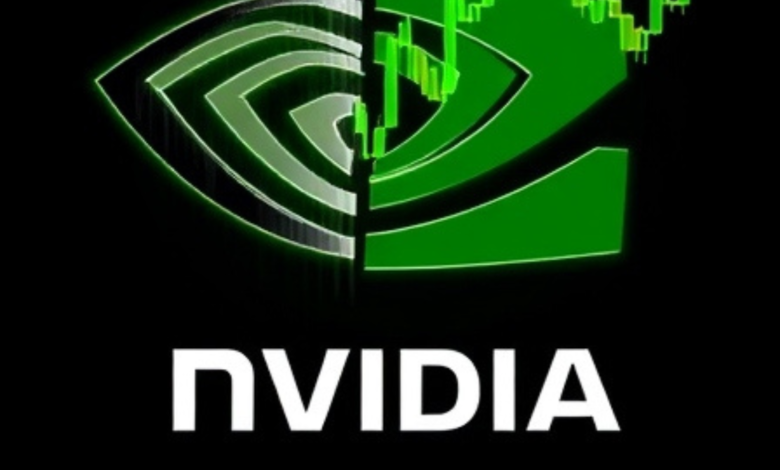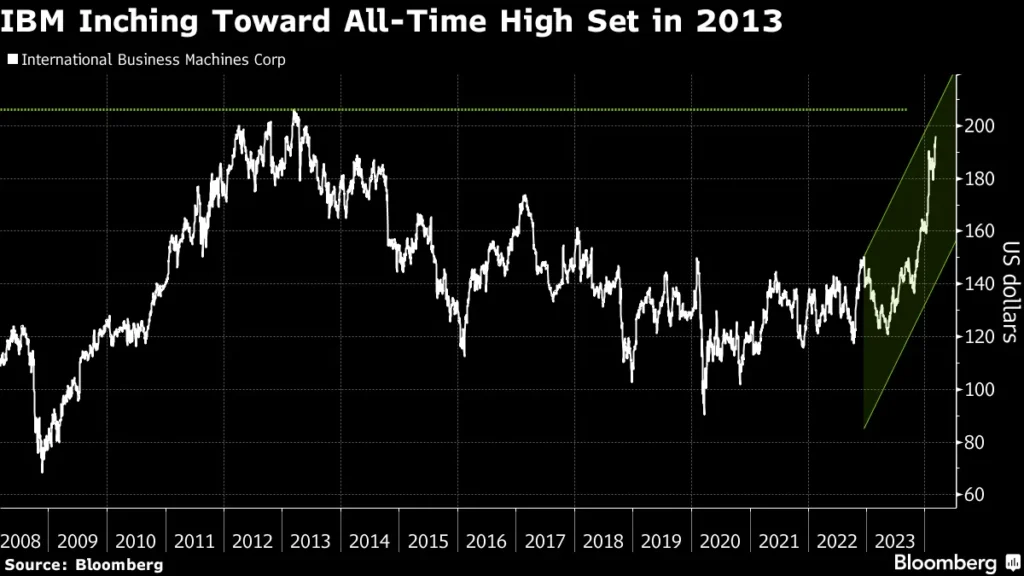The Ultimate Guide to NVIDIA Stock Split: Everything You Need to Know

Introduction
What is a Stock Split?
A nvidia stock split split is a corporate action in which a company issues additional shares to shareholders, increasing the total number of outstanding shares while maintaining the company’s overall value. Essentially, a nvidia stock split divides the existing shares into more shares. For example, in a 2-for-1 split, each shareholder receives an additional share for every share they already own, while the price of each share is halved. While the total value of the holdings remains unchanged, the cost per share becomes more affordable, which can attract new investors.
Nvidia stock split are generally seen as a positive signal, as they often happen when a company’s stock price has increased significantly, making it less accessible for smaller investors. The goal is to enhance liquidity, boost trading volume, and increase stock accessibility without affecting the company’s underlying value. For investors, stock splits can be an opportunity to buy more shares at a lower price, but they don’t guarantee a rise in stock prices.
Overview of NVIDIA
NVIDIA is a global leader in the tech industry, known for its high-performance graphics processing units (GPUs) and AI technology. With a strong presence in gaming, data centers, and artificial intelligence, NVIDIA has seen remarkable growth. As a result, its stock has garnered significant attention from investors. Given NVIDIA’s rapid rise and constant innovation, it’s no surprise that the company has opted for stock splits to make its shares more accessible and promote further growth.
In this article, we will explore everything you need to know about NVIDIA’s stock split, its impact on investors, and why companies like NVIDIA opt for this strategy.
NVIDIA Stock Split: Key Details
NVIDIA’s Previous Stock Splits
NVIDIA has previously undergone stock splits as part of its strategy to manage its stock price and improve accessibility. For instance, in July 2021, NVIDIA announced a 4-for-1 stock split, which allowed shareholders to receive four shares for every share they owned. This move followed a significant increase in the company’s stock price, which made its shares less affordable for many potential investors. The 4-for-1 split helped lower the per-share price, making it more attractive to retail and institutional investors.
The impact of previous stock splits on NVIDIA’s stock price has been largely positive. In the long term, stock splits typically have a neutral to favorable effect on a company’s stock, as they can attract new investors and increase liquidity. For NVIDIA, its stock splits have often been accompanied by strong performance in the tech industry, contributing to overall stock price growth post-split.
Announcement of the Latest Stock Split
The company recently announced another stock split in response to the growing demand for NVIDIA’s stock and its consistent upward trajectory. Although the specific details of this split (such as the exact ratio) may differ, it indicates the company’s ongoing commitment to shareholder value. The timing of the stock split, typically announced well in advance, allows investors to adjust their strategies and plan accordingly.
The stock split also comes when NVIDIA expands its portfolio, including advancements in artificial intelligence, autonomous vehicles, and data center technologies. This makes the stock split not just a financial maneuver but also a reflection of the company’s solid growth prospects.
Impact of the Stock Split on Investors
Short-Term and Long-Term Effects on Stock Price
Stock splits can influence stock prices in both the short term and the long term. In the short term, stock splits often lead to a slight dip in stock prices as the market adjusts to the increased number of shares in circulation. However, this dip is usually temporary, and the long-term effects tend to be positive, especially for companies like NVIDIA that continue to show robust growth prospects.
In the long term, the impact of a stock split depends on the company’s performance. For NVIDIA, its stock splits have often been followed by periods of strong growth fueled by innovation and increasing demand for its products. As the stock becomes more accessible to smaller investors, demand can increase, leading to potential price increases in the future.
Impact on Existing Shareholders
Existing shareholders are typically the primary beneficiaries of a stock split. If you own shares in NVIDIA before the stock split, you will receive additional shares, effectively increasing your holdings. However, it’s important to note that the total value of your investment remains the same right after the split, as the price of each share is adjusted accordingly. For instance, if you held 100 shares worth $800 each before a 4-for-1 split, you would end up with 400 shares worth $200 each after the split. Your total investment value stays the same—$80,000.
While the immediate value remains unchanged, the stock split can provide future benefits if the company’s growth continues. Investors should also remember that stock splits do not guarantee higher dividends or capital appreciation, though they can enhance the overall trading experience.
How to Take Advantage of the Stock Split
It’s essential for investors looking to take advantage of NVIDIA’s stock split to have a clear strategy. New investors might view the lower post-split share price as an opportunity to enter the market at a more affordable level. The added shares may allow current shareholders to diversify their portfolios or sell some of their holdings.
Long-term investors who believe in the company’s continued growth may hold onto their shares, expecting the stock’s value to rise as NVIDIA continues to innovate. Meanwhile, short-term traders might focus on buying after the split to capitalize on potential price movements as the market reacts.
Why Do Companies Like NVIDIA Opt for Stock Splits?
Stock Price Accessibility
One of the main reasons companies like NVIDIA opt for stock splits is to make their shares more affordable to a broader range of investors. As stock prices rise, they can become prohibitively expensive, especially for smaller investors interested in gaining exposure to the stock. A stock split allows these investors to purchase shares at a lower price without affecting the overall value of their investment.
By making the stock more accessible, companies can also increase trading volume and liquidity, making it easier for investors to buy and sell shares. This can lead to a healthier market and more excellent stability in the stock price.
Positive Market Sentiment
The market perceives stock splits positively as they signal that the company is performing well and is confident about its future. When a company’s stock price increases to the point of a split, it suggests that the business is thriving and attracting attention from investors. This positive sentiment can fuel further growth, as more investors will likely be drawn to the stock.
Moreover, stock splits can lead to increased media coverage, further boosting the company’s visibility and attracting new investors. For a tech company like NVIDIA, which operates in a fast-paced industry, this increased attention can help solidify its position as a leader in innovation.
The Future of NVIDIA Stock Post-Split

NVIDIA’s Growth and Expansion Plans
NVIDIA has established itself as one of the most critical players in the tech world, particularly in the gaming, AI, and data center sectors. The company’s continued focus on innovation, including its work on autonomous vehicles, machine learning, and GPUs for gaming, positions it for strong growth in the future. As long as NVIDIA continues to lead in these areas, the long-term outlook for its stock remains positive.
Moreover, the company’s strategic acquisitions, such as its purchase of ARM Holdings, could further enhance its technological capabilities and market dominance. For investors, the stock split could be just one of many steps toward realizing more excellent value from their investment in NVIDIA.
Analyst Predictions and Market Sentiment
Analysts are generally optimistic about NVIDIA’s future. Many predict that as the company capitalizes on emerging technologies like AI, machine learning, and self-driving cars, its stock price will continue to climb, making the stock split a smart move for long-term investors. The company’s ability to navigate challenges in the semiconductor market and maintain a competitive edge will be crucial for sustaining its growth trajectory.
Conclusion
The NVIDIA stock split is a significant milestone in the company’s ongoing journey. While it may not immediately change the value of existing shares, the split provides new opportunities for investors to access NVIDIA’s stock at a more affordable price. For those looking to enter the market or increase their holdings, the stock split offers a chance to benefit from NVIDIA’s long-term growth potential.
In summary, NVIDIA’s decision to split its stock is not just a financial maneuver—it reflects the company’s confidence in its future and desire to continue providing value to shareholders. Whether you’re a seasoned investor or a new entrant to the market, understanding stock splits and how to take advantage of them is key to making informed investment decisions.
FAQs
- What happens to my NVIDIA shares after the stock split?
- You will receive additional shares, but the overall value of your investment remains the same immediately after the split.
- Does a stock split mean I will make money?
- A stock split doesn’t guarantee profit, but it can make the stock more accessible, which may lead to future price appreciation if the company continues to grow.
- How do I calculate the value of my shares after a stock split?
- Multiply your original number of shares by the split ratio and divide the original price per share by the same ratio.
- Will NVIDIA stock become more affordable after the split?
- Yes, the post-split stock price will be lower, making it more accessible to smaller investors.
- How often do companies like NVIDIA do stock splits?
- Companies typically do stock splits when their stock price becomes too high, but it is not a regular event and occurs based on the company’s growth.
You May Also Read: https://latestcryptonewz.com/yoy/





